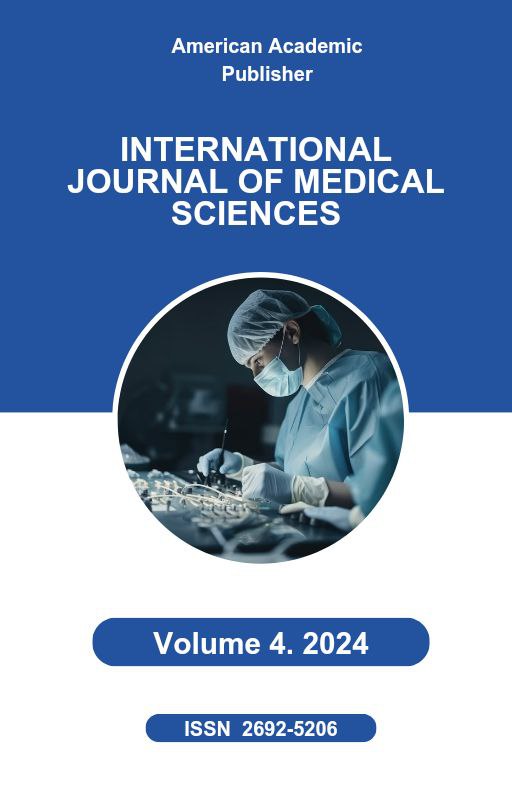 Articles
| Open Access |
https://doi.org/10.55640/
Articles
| Open Access |
https://doi.org/10.55640/
THE IMPACT OF INCORPORATING TECHNOLOGY IN ENGLISH LANGUAGE INSTRUCTION ON STUDENT ENGAGEMENT IN HIGHER EDUCATION
Shakhnoza Gayirova, Marija Kovac , EDIN 5420 Writing and Information LiteracyAbstract
The integration of technology into English language instruction has significantly transformed the landscape of higher education. This article investigates how technology-driven methods such as Computer-Assisted Language Learning (CALL), Mobile-Assisted Language Learning (MALL), game-based learning, and access to authentic digital materials influence student engagement. Using a mixed-methods research design that combines surveys, classroom observations, and semi-structured interviews, findings reveal that personalized and adaptive learning experiences, collaborative opportunities, and access to authentic materials play pivotal roles in enhancing both intrinsic and extrinsic motivation. The article concludes by emphasizing the need for strategic adoption of technological innovations in English language pedagogy to sustain student engagement in higher education.
Keywords
English language instruction, higher education, technology integration, student engagement, CALL, MALL, authentic materials, motivation.
References
Brown, H. D., & Lee, H. (2015). Teaching by Principles: An Interactive Approach to Language Pedagogy (4th ed., pp. 237–256). New York: Pearson Education.
Calderón, A. (2018). Game-based learning in higher education: Theory and practice. Journal of Educational Technology, 34(2), 1–12.
Chapelle, C. A. (2013). Instructional Computer-Assisted Language Learning. In C. Chapelle (Ed.), The Encyclopedia of Applied Linguistics (pp. 241–244). Oxford: Wiley-Blackwell.
Creswell, J. W. (2014). Research Design: Qualitative, Quantitative, and Mixed Methods Approaches (4th ed., pp. 200–220). Thousand Oaks, CA: Sage.
Fredricks, J., Blumenfeld, P., & Paris, A. (2004). School engagement: Potential of the concept, state of the evidence. Review of Educational Research, 74(1), 59–109.
Gurung, B., & Rutledge, D. (2014). Digital learners and the overlap of personal and educational digital engagement. Computers & Education, 77, 91–100.
Jeong-Bae Son, & Windeatt, S. (2017). Language Teacher Education and Technology: Approaches and Practices (pp. 80–95). London: Routledge.
Kukulska-Hulme, A. (2013). Mobile-Assisted Language Learning. In C. Chapelle (Ed.), The Encyclopedia of Applied Linguistics (pp. 3701–3709). Oxford: Wiley-Blackwell.
Kukulska-Hulme, A., & Bull, S. (2009). Mobile language learning: Innovation and assessment. ReCALL, 21(2), 157–160.
Lys, F. (2013). The development of advanced learner oral ability. Language Learning & Technology, 17(3), 94–116.
Mayer, R. E. (2009). Multimedia Learning (2nd ed., pp. 55–78). Cambridge: Cambridge University Press.
McCafferty, S., Jacobs, G., & DaSilva, I. (2006). Cooperative Learning and Second Language Teaching (pp. 40–55). Cambridge: Cambridge University Press.
Patrick, B., Gavin, B., & Thomas, H. (2017). Reviewing the performance and impact of social media tools in higher education. Journal of Applied Research in Higher Education, 9(2), 230–250.
Prensky, M. (2001). Digital natives, digital immigrants. On the Horizon, 9(5), 1–6.
Ryan, R. M., & Deci, E. L. (2000). Self-determination theory and the facilitation of intrinsic motivation. American Psychologist, 55(1), 68–78.
Selwyn, N. (2022). The future of AI in education: Some cautionary notes. European Journal of Education, 57(4), 620–631.
Vygotsky, L. (1978). Mind in Society: The Development of Higher Psychological Processes (pp. 79–91). Cambridge, MA: Harvard University Press.
Warschauer, M. (1996). Computer-assisted language learning: An introduction. In S. Fotos (Ed.), Multimedia Language Teaching (pp. 3–20). Tokyo: Logos International.
Warschauer, M., & Healey, D. (1998). Computers and language learning: An overview. Language Teaching, 31(2), 57–71.
Zhao, Y. (2003). Recent developments in technology and language learning: A literature review. CALICO Journal, 21(1), 7–27.
Article Statistics
Downloads
Copyright License

This work is licensed under a Creative Commons Attribution 4.0 International License.

